Essential oils can help ease the discomfort of poison ivy rash. After all, essential oils have been used as natural remedies for many years. They offer relief from a wide array of ailments including poison ivy.
Before we cover natural remedies and essential oils for poison ivy, let's cover the basics of this pesky plant and the symptoms it causes.
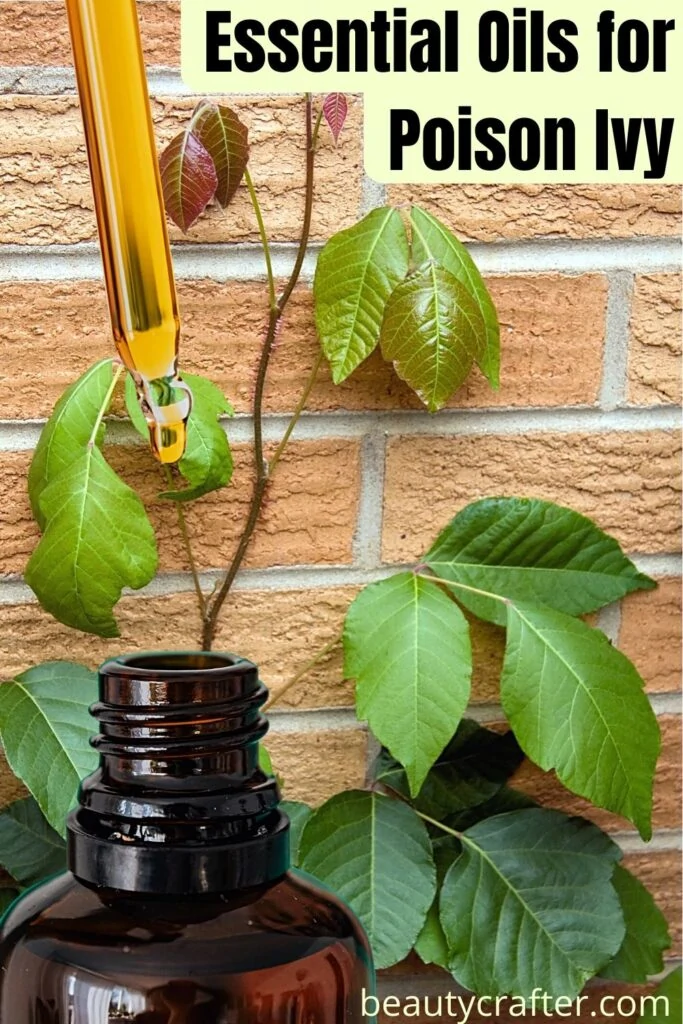
What is Poison Ivy?
Poison ivy (toxicodendron radicans) is a common plant that grows in the United States. It is an as an invasive species throughout many parts of North America and can be found growing along roadsides, on fences and walls, or even in your garden.
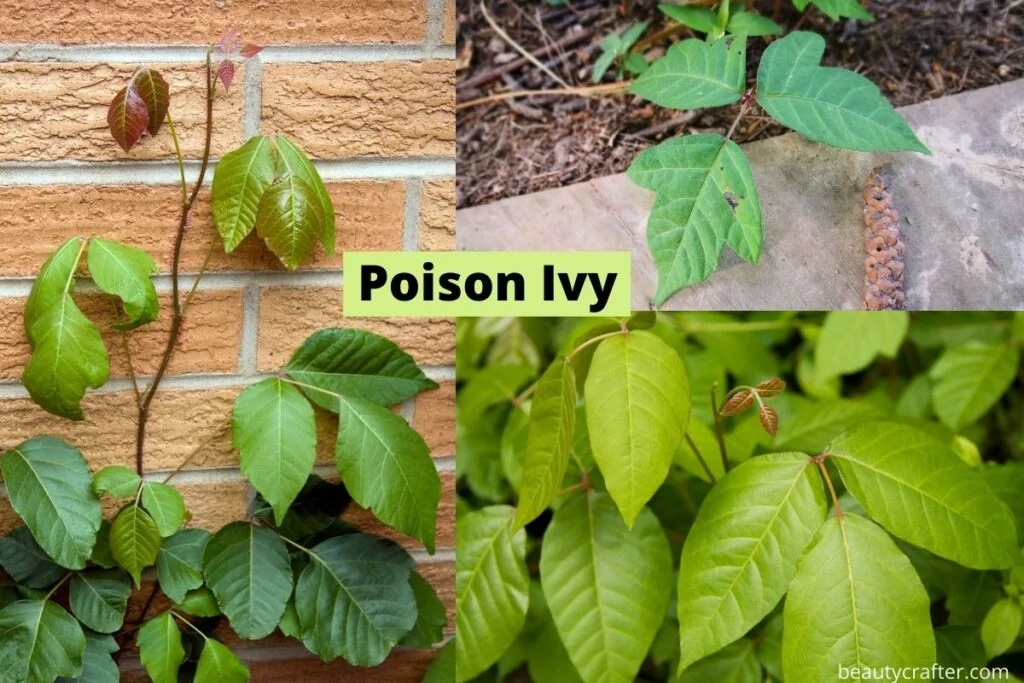
Poison Ivy Rash
The vines and leaves of the poison ivy plant emit a sticky oil called Urushiol, which can cause a contact dermatitis allergic reaction. If you are allergic to poison ivy (most people are), it may cause an immediate reaction when touched. If you have been exposed to the oil of the plant, your skin will usually develop rashes after 24 hours. Poison ivy symptoms include itchy inflamed skin and many small blisters in the skin's affected areas.
You can even have an allergic reaction without actual physical contact with poison ivy. Urushiol oil can cause a break out just from touching tools, pets or clothing that have come in contact with the plant. The sticky oil can remain active for a long time. Urushiol has even been known to travel via air when burning brush or logs entwined with the vining plants. This can be particularly dangerous, if inhaled. You don't catch poison ivy from someone else's skin rash though.
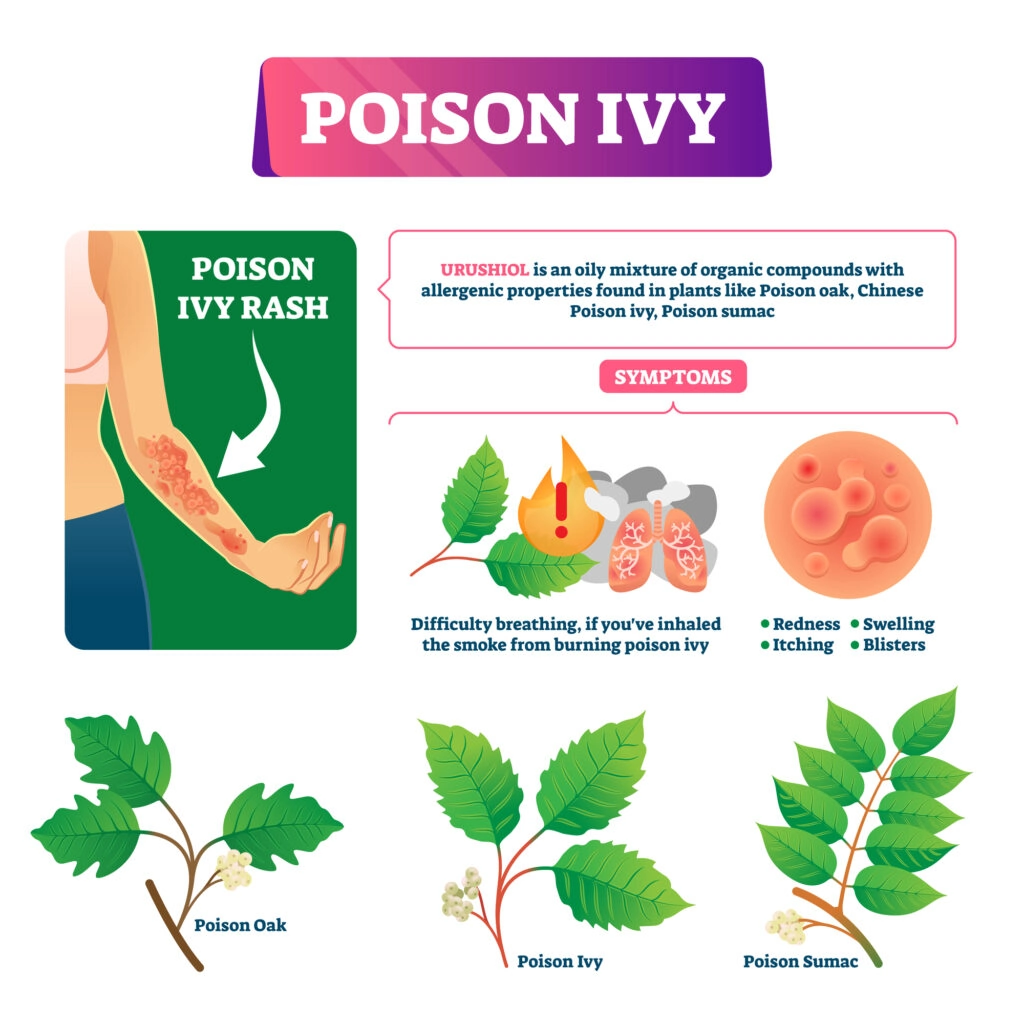
How to Prevent a Rash
Before discussing the use of essential oils in the treatment of poison ivy, let's try and avoid the problem altogether.
The first tool in preventing exposure is learning to identify the leaves of the vine. The leaves are green and sometimes tinged with red in the spring and summer months. The leaves grow in clusters of three, hence the old saying "leaves of three, let it be". There is sometimes a shine to the leaves, but often not.
If you are removing poison ivy, wear gloves and long sleeves and pants. Be mindful of cleaning anything that is touched by plant or your gloved hands and clean up well. Even the dried up plant has urushiol, so handle with care.
Caution: Don't burn poison ivy, due to dangerous fumes.
Immediate Action
If you are exposed to poison ivy, wash immediately with soap and water. Use cool or warm water, not hot, which will open pores and invite rash.
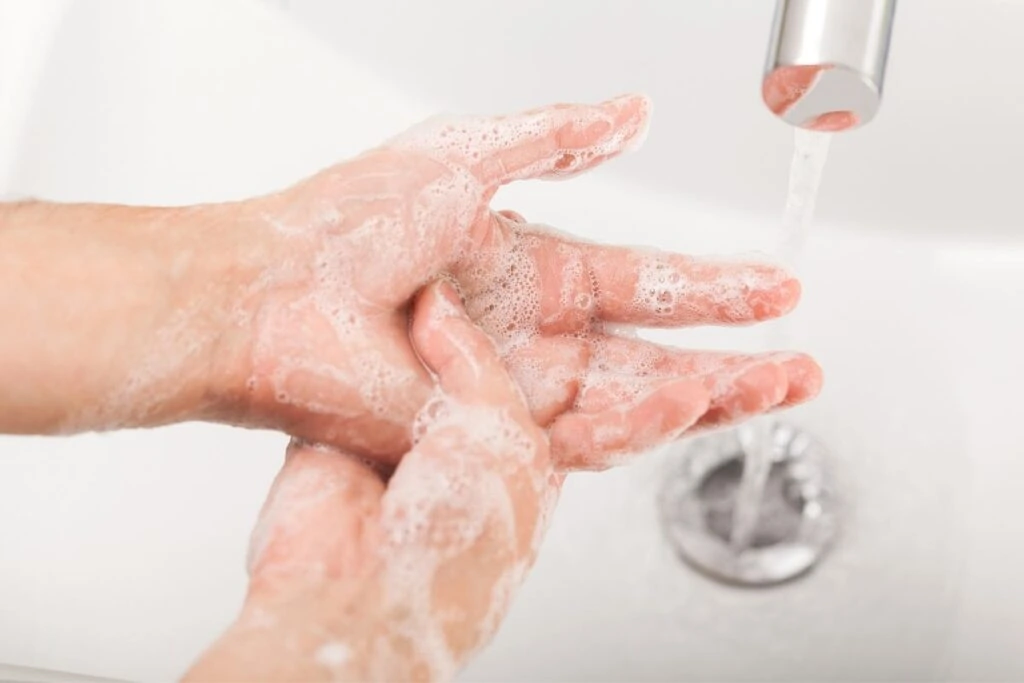
You may also use rubbing alcohol or apple cider vinegar to cleanse the affected area. Both are astringent and effective at cutting the toxic oil which contains the irrantant. A 1 part apple cider vinegar to 2 parts water solution applied to the area is effective and non-irritating to avoid getting a rash.
Remove any clothing that may have touched the poison ivy plants and wash in warm soapy water before wearing again.
Warning
Home remedies and essential oils are great for treating mild cases of poison ivy, but are no substitute for professional medical advice. The reaction can go far beyond simply itchy skin in some cases.
If you are developing a rash around your eyes, mouth, genital area, or the afflicted area covers more than a quarter of your body seek medical help. Also get medical attention if you develop a fever, breathing difficulties or the rash area gets any pus or yellow scabs. [ref]
Poison Oak and Poison Sumac
Rashes from these poisonous plants can be treated the same way we treat poison ivy. In fact, you may not even know which rash you have. They have such similar symptoms.
9 Essential Oils for Poison Ivy Relief
If despite your best efforts to avoid poison ivy vines and wash properly when exposed, the next day you still end out with a poison ivy rash essential oils can help bring relief to your itchy skin.
Tea tree oil
Tea tree essential oil is distilled from the leaves of the Australian tree, Melaleuca alternifolia. The oil is often used in poison ivy remedies, since it contains terpenes such as cineole , camphor and pinene which are useful against the rash. These compounds help reduce inflammation by inhibiting histamine release. In addition, tea tree oil helps prevent infection by killing bacteria like Staphylococcus Aureus.
Lavender essential oil
Lavender essential oil contains linalool , limonene and geraniol. Linalool inhibits the production of prostaglandins responsible for swelling and itching. Geraniol reduces irritation caused by urushiol. Limonene has helpful anti-inflammatory properties. Lavender oil relieves pain and promotes skin healing. It is also antibacterial [ref] which is aids in avoiding infection of open skin areas from scratching.
This oil is used in my oatmeal bath recipe, which is a natural remedy that is very helpful in easing the discomfort of poison ivy rashes. It is a great way to aid in treatment of young children before bedtime. Just make sure you use lukewarm to cool water, rather than hot water.
Peppermint essential oil
Peppermint oil is often recommended for treating poison ivy rashes. It's menthol has a cooling effect which helps soothe redness and itchiness. Methyl chavicol works against bacterial infections and eucalyptol provides analgesic properties.
Peppermint oil along with soothing aloe vera, witch hazel and lavender oil are all used in my Sunburn Relief Spray, the spray would also ease the discomfort of a poison ivy outbreak.
Chamomile essential oil
The calming and soothing characteristics of Roman chamomile essential oil make it a good alternative for all skin types, even those with sensitive skin. Roman chamomile essential oil is also great for bug bites, skin allergies and of course, rashes like poison ivy.
Tip: Don't have chamomile oil on-hand. Soak chamomile tea bags in warm water, then chill to use as a cold compress on the affected area to reduce inflammation.
Rosemary essential oil
Rosemary oil is great for soothing irritated skin. The oil contains rosmadial, carvacrol and thymol. Rosmadial is antiseptic and antimicrobial. Thymol is antibacterial and antiviral, which is great for avoiding infection of a blistering rash. Carvacrol is an antioxidant and insect repellent.
Eucalyptus essential oil
If you want to cleanse the rash, use Eucalyptus oil as it can help remove urushiol, which is a cause of irritation and has antiseptic properties. It will also help to keep the skin hydrated and prevent flaky skin at the end of the healing process. Eucalyptus (eucalyptus globulus) is recommended to be used when your poison ivy rash is nearly gone, to aid in final healing.
Geranium essential oil
Geranium oil works wonders for skin, but it's really amazing when it comes to allergic reactions such as the rash from contact with urushiol . The oil stops the release of extra histamines thus reducing the inflammatory reaction itself.It may be helpful in limiting the immune system reaction and calming inflamed skin.
Myrrh essential oil
The antimicrobial properties of myrrh [ref] make it one of my favorite natural ingredients for treating any rash and encouraging the healing process.
How to Use Essential Oils for Poison Ivy
When you use essential oils for poison ivy, it is important to dilute them before applying to the skin. This is especially true for sensitive areas or of there is even the slightest break in the skin. Diluting them with other natural remedies for poison ivy, sumac and poison oak rash boosts results.
If you are sensitive to calamine, try making a simple bentonite clay or baking soda paste to aid in gently drying out the skin area. Simply mix with a little lukewarm water and a couple drops of essential oils.
Carrier Oil
Of course a carrier oil can be used to apply essential oils to the area. Virgin coconut oil is the ideal choice for this.
Salt Water
Perhaps you have noticed your rash fading faster after a trip to the beach. the salt and minerals in ocean water help dry up a poison ivy rash. We don't want to put the proverbial salt in the would, but if your rash is not oozing a cotton ball dunked in a mild saline solution with an essential oil booster may just be the solution you are looking for.
It can also be put in a spray bottle. My Sea Salt Hair Spray recipe would actually work for this. All the ingredients are good for rash treatment.
Aloe Vera
Mixing your oils into aloe vera gel is a great choice when skin conditions are a bit rougher. If you have small abrasions in the affected area from scratching, this will help soothe the symptoms and accelerate skin healing.
Astringents
Natural astringents such as apple cider vinegar and witch hazel not only help dry out the tiny blisters from the rash, but also provide immediate relief to the area, since they create a cooling sensation as they evaporate.
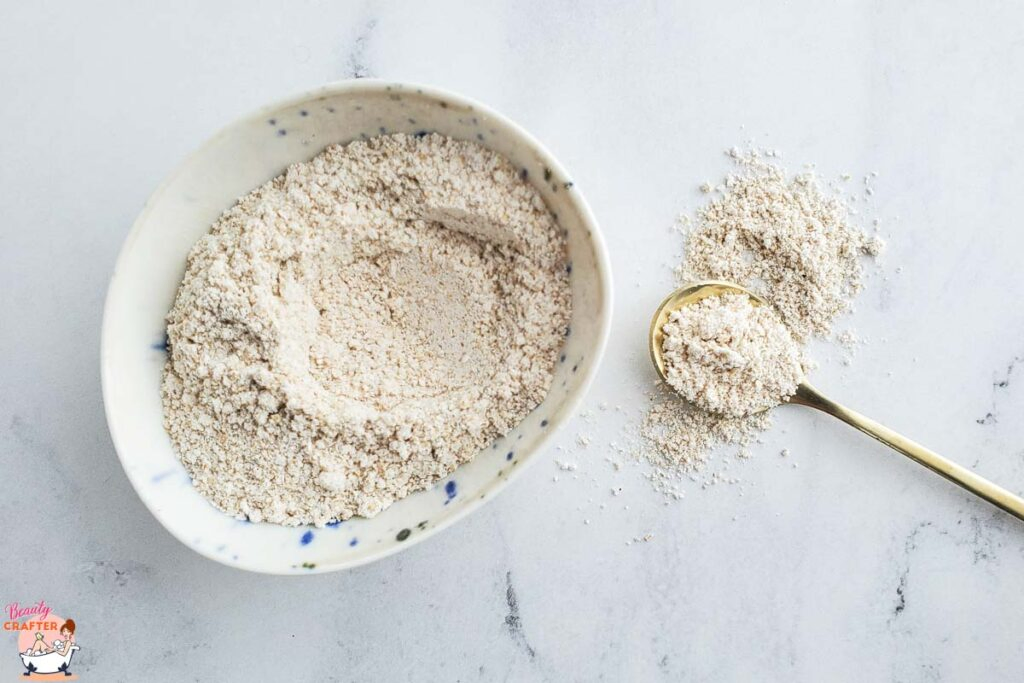
Oats
As I've mentioned above an oatmeal bath can be an effective remedy for poison ivy. Colloidal oatmeal actually leaves a thin protective coating on the skin and encourages healing. Lavender, chamomile and eucalyptus are great choices to use in an oat bath for rashes.
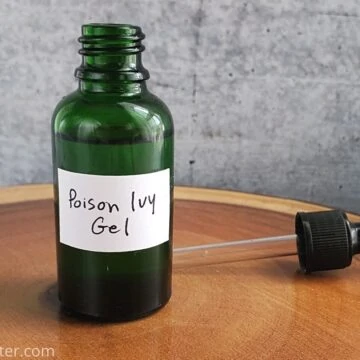
Essential Oil Poison Ivy Gel
Ingredients
- 2 ounce glass bottle
- 1 ½ tablespoons Aloe vera gel
- ½ tablespoon witch hazel
- 5 drops peppermint essential oil
- 5 drops of geranium essential oil
- 5 drops of rosemary essential oil
Instructions
- Pour the aloe vera gel and witch hazel into the bottle with a small funnel.
- Add the essential oil blend and shake well.




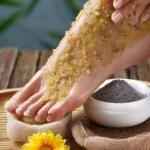




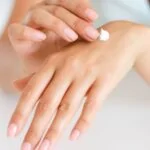

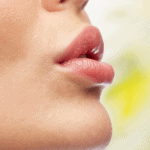

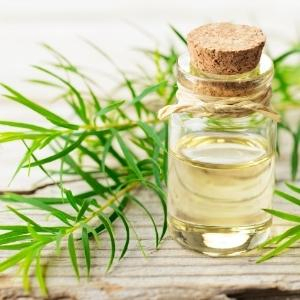
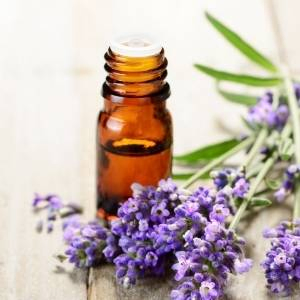
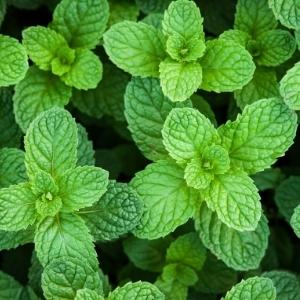
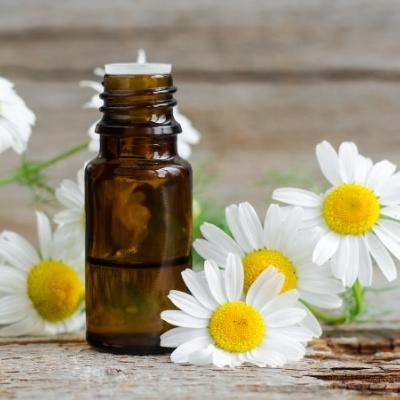

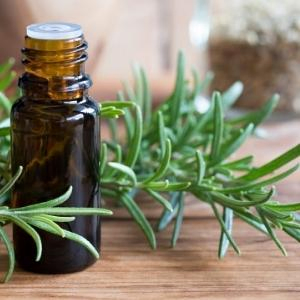
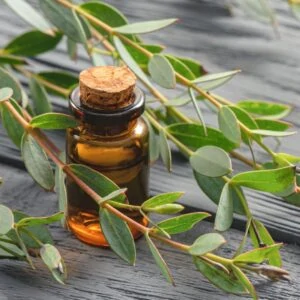
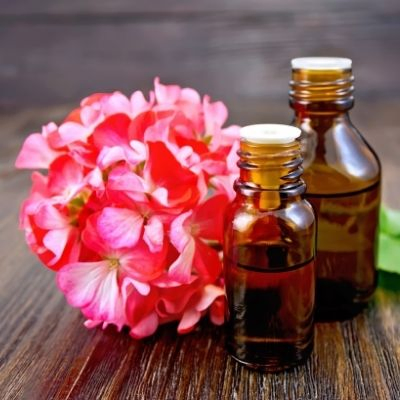
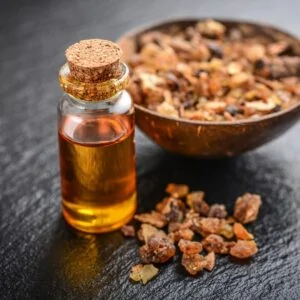

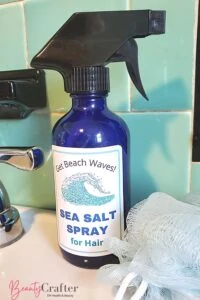
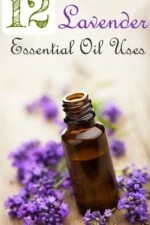

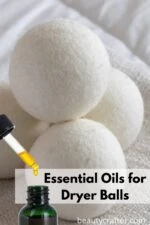
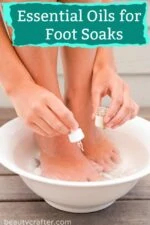
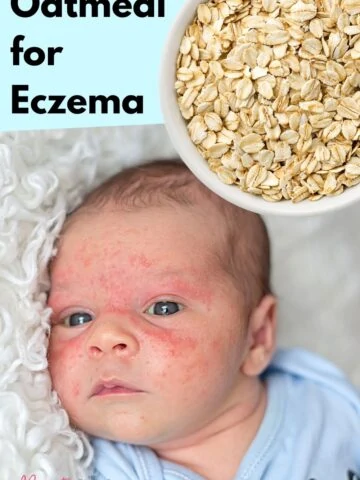
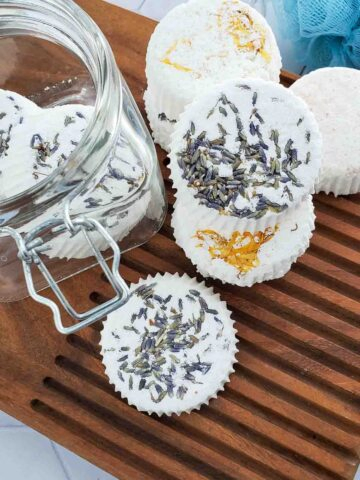
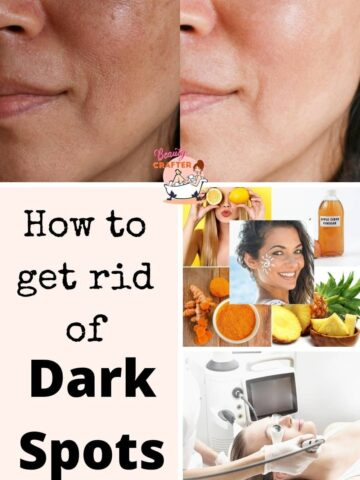
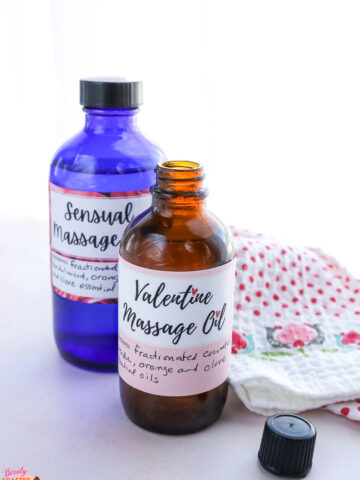
Leave a Reply